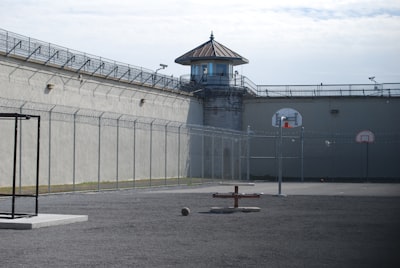America’s Dilemma: Detention Without Conviction
The latest figures on U.S. Immigration and Customs Enforcement (ICE) detention reveal a troubling reality: America is holding a record 59,000 immigrants in custody, and nearly half have no criminal record. This fact demands urgent scrutiny—not only of our immigration enforcement priorities but also our fundamental sense of justice and national values.
Who Are the Detainees?
ICE detains immigrants for a range of reasons, from crossing the border without documentation to alleged violations of immigration rules. However, internal data now shows that almost one in two detainees have no criminal history—not even minor offenses. They are frequently asylum seekers, families, or long-time residents awaiting immigration hearings.
Why Does This Matter?
This expanding use of detention raises pivotal questions about the U.S. immigration system:
| Key Issue | Current Impact | Broader Implications |
|---|---|---|
| Due Process | Non-criminal detainees often face prolonged detention without timely hearings. | Is detention being used as a deterrent, not for justice? |
| Cost to Taxpayers | The annual cost of detaining an immigrant can exceed $130/day, totaling billions nationally. | Fiscal responsibility and smarter alternatives? |
| Human Rights | Long-term detention strains mental health and separates families—outcomes once seen as rare or exceptional in U.S. history. | Contradicts international norms and U.S. ideals |
| Public Safety | With nearly half of detainees posing no stated criminal risk, questions arise about the rationale for mass detention. | Diverts resources from targeting real threats |
What Fuels This Surge?
Immigration detention numbers have grown under both Republican and Democratic administrations, driven by political pressures to appear “tough on immigration.” Private prison contracts and local jails seeking revenue from ICE have further entrenched the detention system.
Surprisingly, even as border crossings fluctuate, ICE’s overall detention count has trended upward, suggesting institutional momentum now perpetuates high detention rates—regardless of actual migration patterns.
Are There Alternatives?
Other countries and even some U.S. cities use lower-cost, more effective measures—such as community-based supervision or electronic check-ins—to ensure immigrants attend hearings. Studies repeatedly show these alternatives achieve high compliance at a fraction of the cost and without the human toll of detention.
Bigger Than Immigration
America’s detention policy reveals a larger debate: Should liberty be sacrificed for the optics of control? The data shows the system is not just targeting criminal threats but casting a wide net at enormous social and financial cost. Each detained individual without a criminal record is a reminder that policies, if left unexamined, can drift far from their stated purpose.
“Detention should be the last resort, not the default.”
This article was inspired by the headline: ‘ICE holding a record 59,000 immigrant detainees, nearly half with no criminal record, internal data show’.

Comments
No comments yet. Be the first to comment!